Bring Your Own Cup
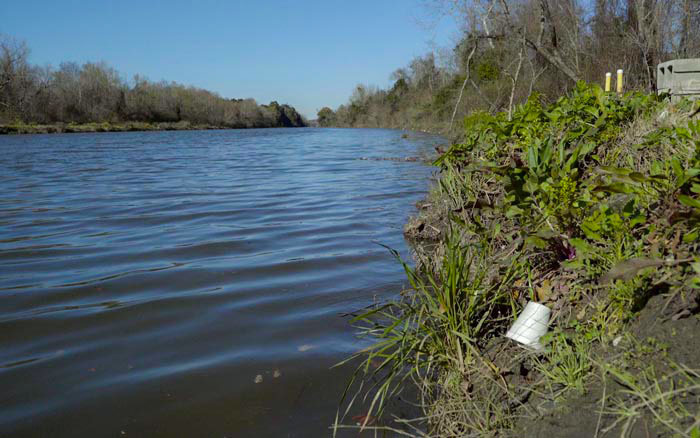
Foam cup litter can easily drift into storm drains and then into streams becoming ugly debris that is dangerous for marine creatures.
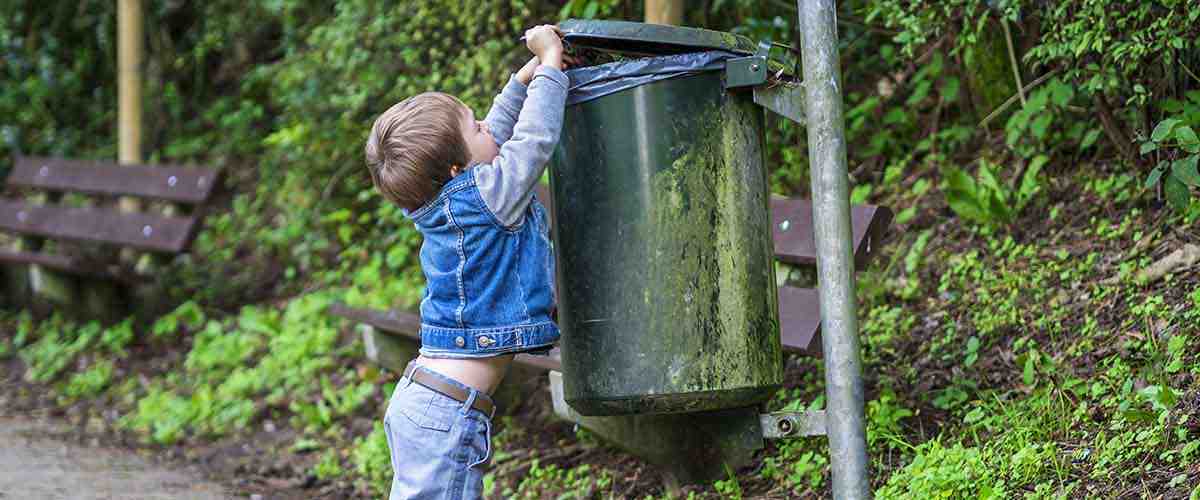
We are fortunate to have organized city services that collect and handle our trash. These services prevent trash from getting into our waters. We need to do our part as citizens to place any trash we handle in trash cans where it belongs. Even small things, like bottle caps and candy wrappers, can create a big problem when birds and sea creatures mistake them for food and eat them.
Kids can help create a Clean Water Future by helping make sure that litter and trash, no matter how small, gets placed in trash cans and handled by our city services.
While it's difficult to say exactly how much plastic is in the ocean, scientists think about 8 million metric tons of plastic trash are in our oceans. This plastic pollution makes our waters unsafe and unsightly (NOAA. 2017)
Plastic Recovered from Dauphin Island Beach by Caitlin Wessel
Plastic film (primarily single-use plastic bags and snack and candy wrappers) represent the second and third most littered items in America behind cigarette butts. (KAB, 2021)
Put gum and candy wrappers in your pockets or backpack and throw them away at home.
Photo by: Petr Kratochvil
Make a trash bag for your car like this one (see more ideas on our Pinterest board).
Whenever you see trash lying on the ground, pick it up and place it securely in a trash can.
Photo Credit: Vicky Somma CC2.0
When you can, buy snacks in the bulk food section of your grocery store and take it with you in reusable containers..
Attend a litter cleanup with your friends or family, they happen throughout the year. List of Area Cleanups
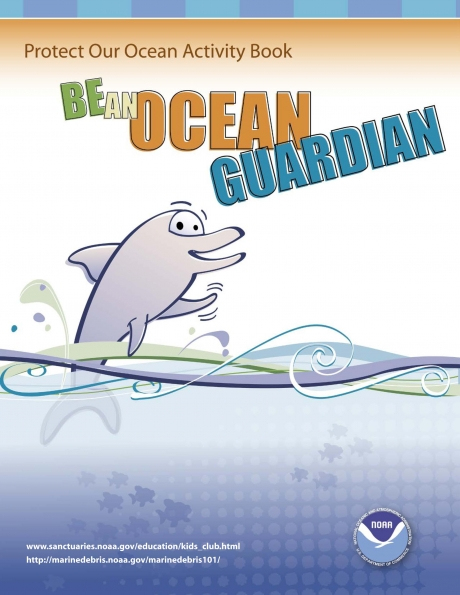
Activity book from NOAA Marine Debris Program and Office of National Marine Sanctuaries for K-3
The NOAA Marine Debris Program and its partners offer free, downloadable education and outreach materials for people of all ages to learn about marine debris including school curricula, kids pages & books, apps, Marine Debris Tracker, and more.
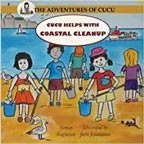
Cucu and her friends learn about the importance of keeping their homes and neighborhoods clean.

Foam cup litter can easily drift into storm drains and then into streams becoming ugly debris that is dangerous for marine creatures.
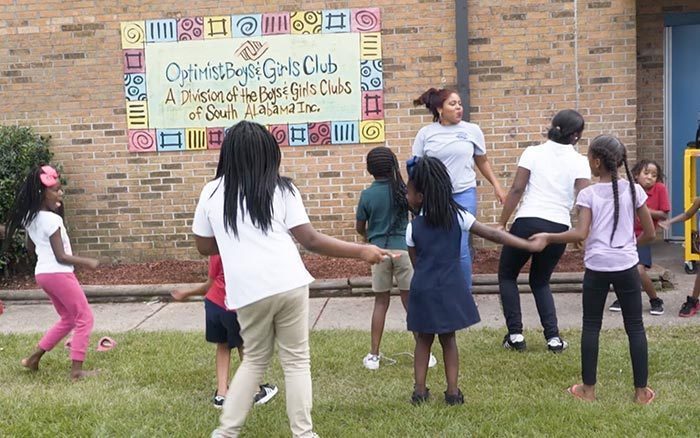
The Trash Mob Dance is a simple dance that helps teach the importance of putting trash in a trash receptical and picking up trash you see on the ground.
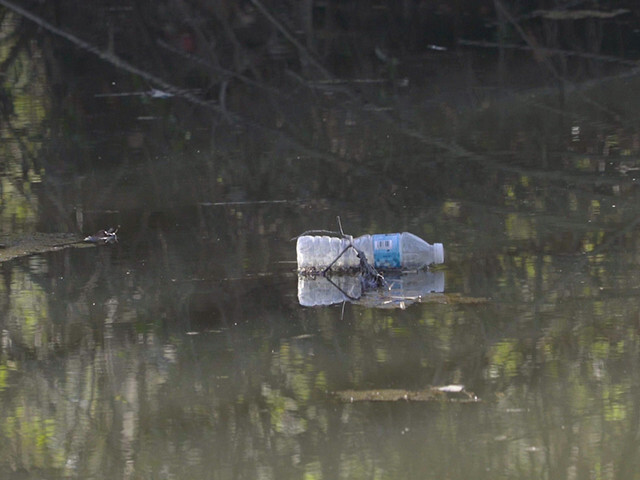
Each plastic bottle will outlive you for centuries. When you can't avoid them, find a way to recycle them!
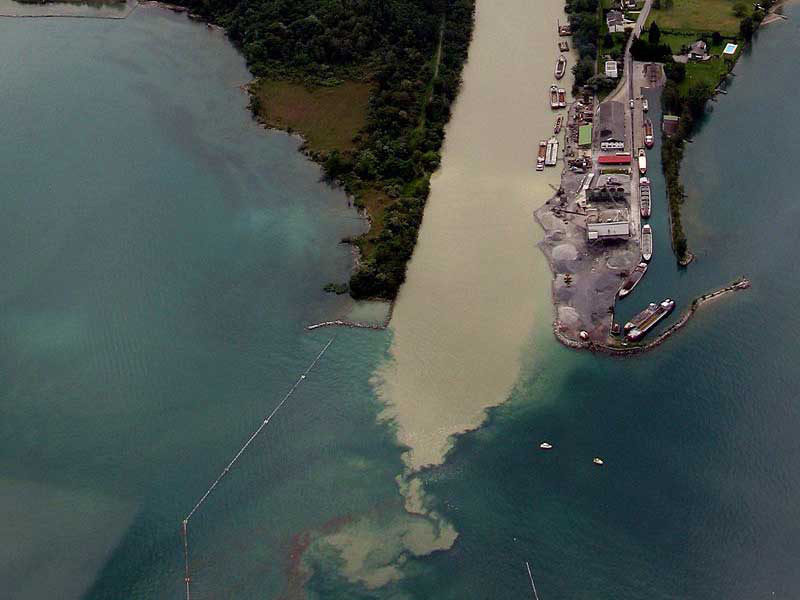
When water rushes off hardened surfaces, erosion of sediments degrade water conditions and smother and disrupt seagrass growth and the habitat for benthic organisms they provide.
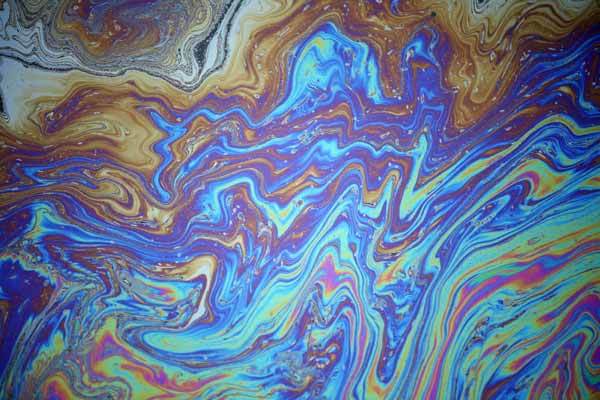
Compounds like oil, grease, and heavy metals take a long time to break down and threaten the health of both aquatic and human life.
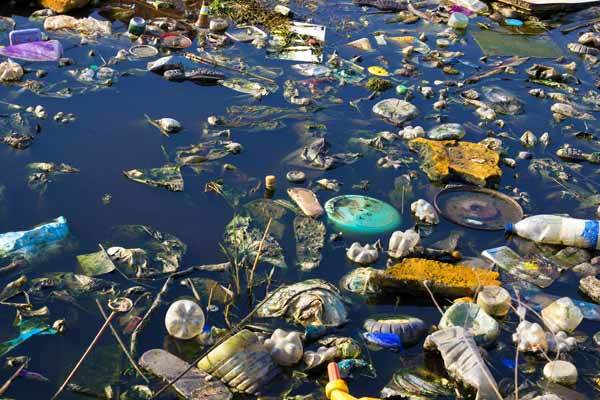
Litter is not only unsightly, but it also causes a variety of problems to the ecosystem as it enters our waters where it is often is mistaken for food by fish and invertebrates.
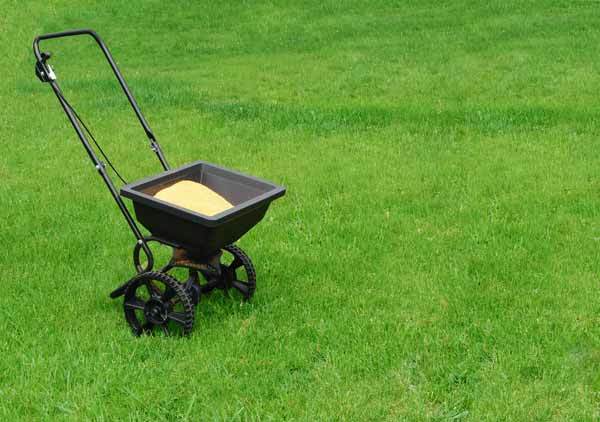
Too much fertilizer, pet waste, and other nutrients in our water often lead to serious problems like lowering dissolved oxygen levels, preventing seagrass growth, and killing fish.
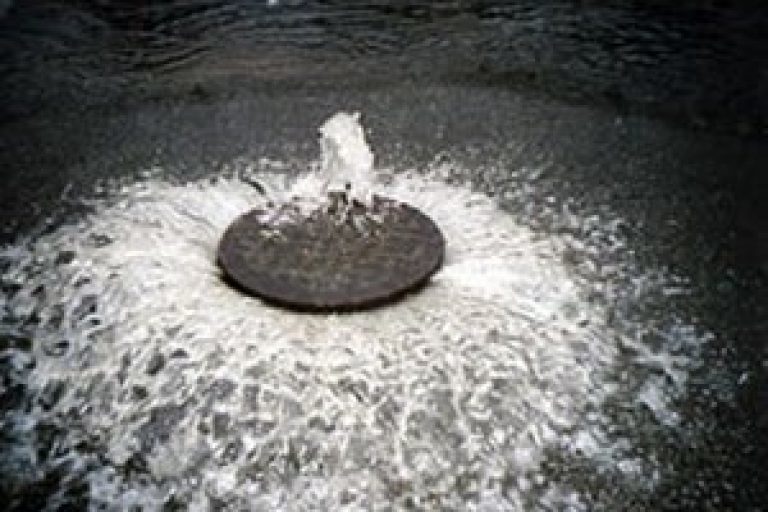
Disease-causing microorganisms, including bacteria, viruses, and other single-celled organisms, are referred to as pathogens, some, like Salmonella, cause human health problems.
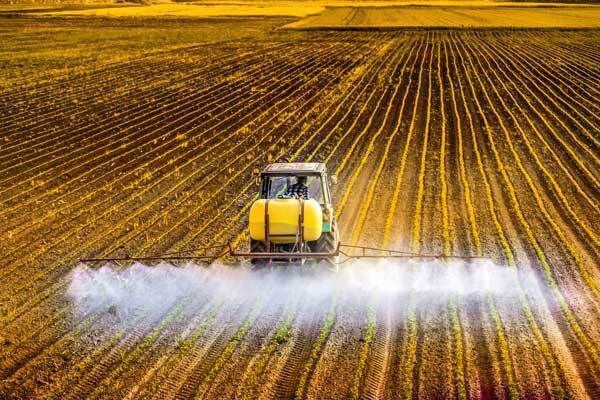
While pesticides are designed to be toxic to certain organisms, they can often be harmful and kill other species in the marine system that are important for the entire ecosystem.